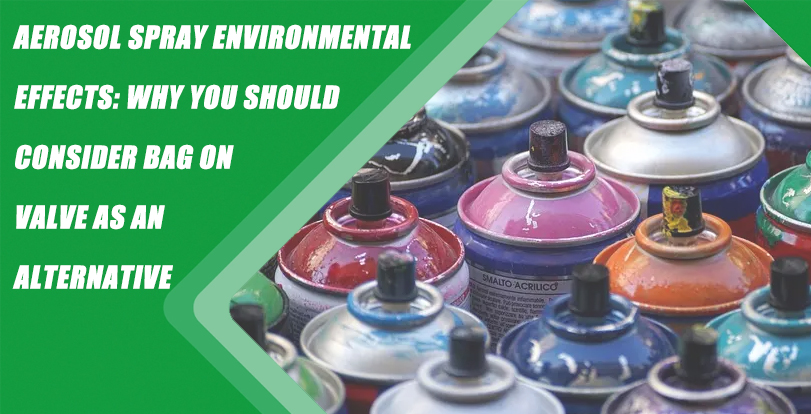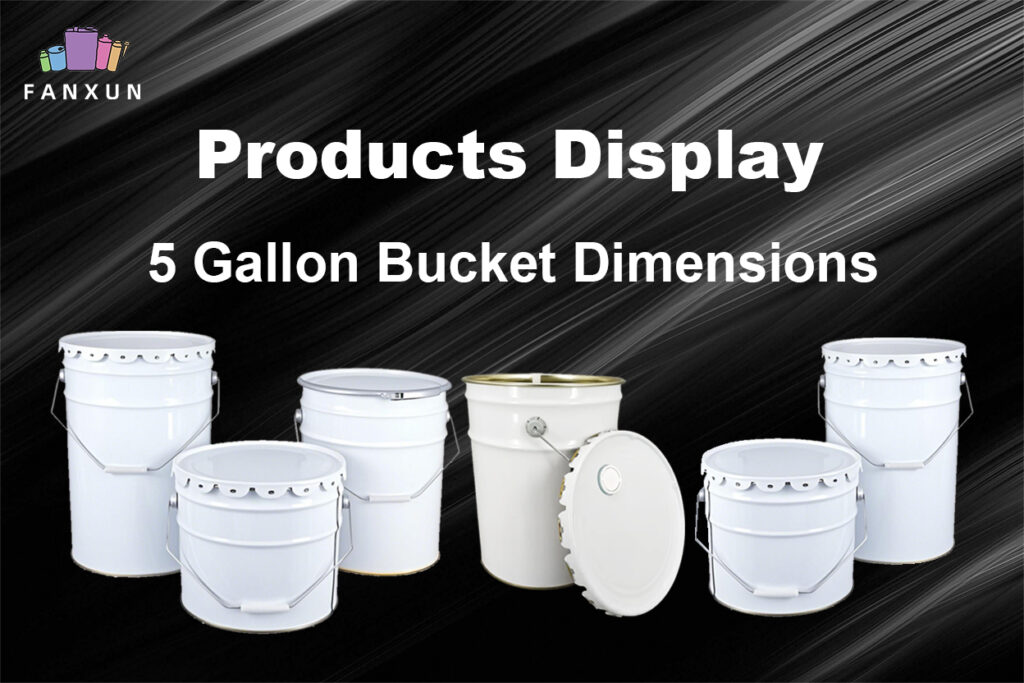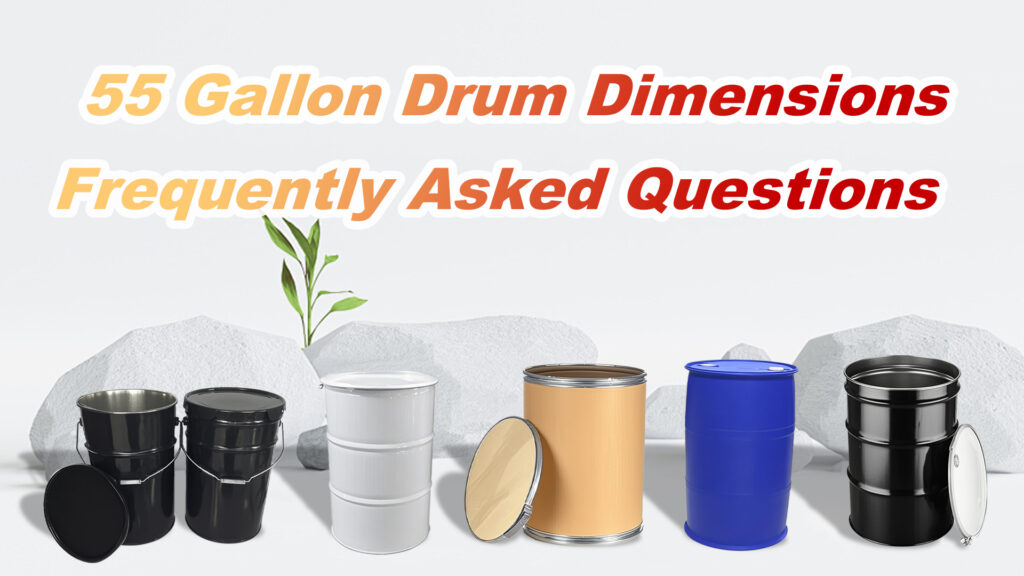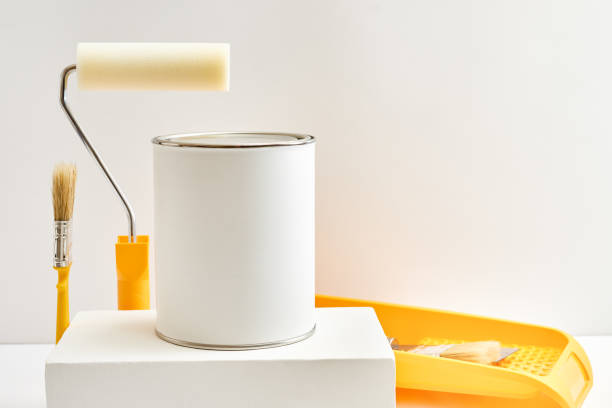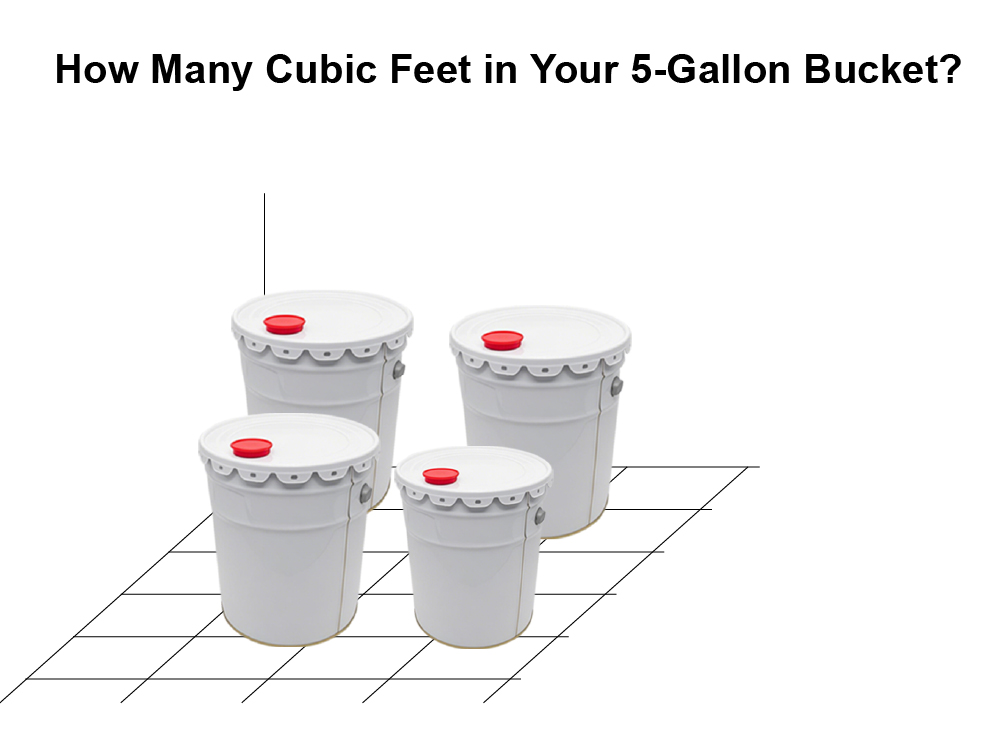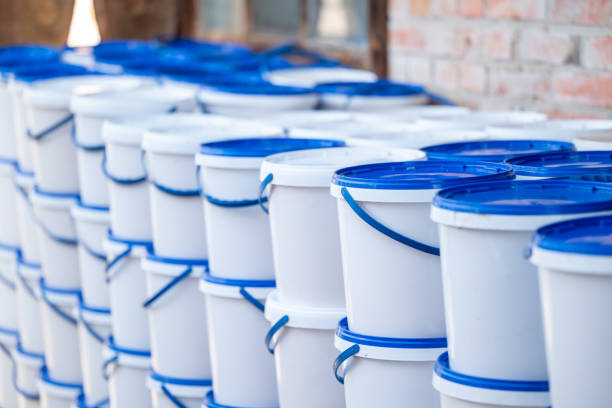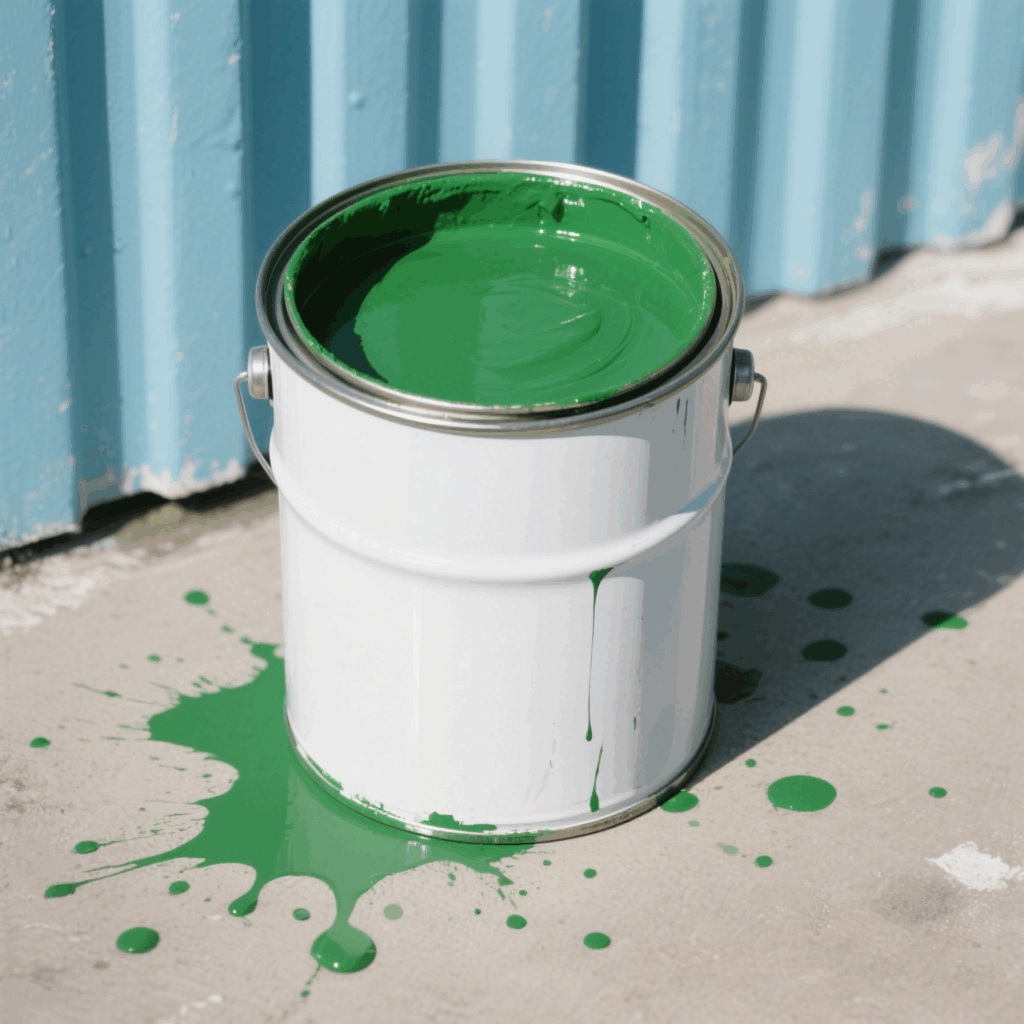We all use them. That familiar hiss as you spray deodorant, the quick mist of hairspray, the convenient application of cooking oil, or the burst of freshness from an air freshener. Aerosol cans are deeply integrated into our daily routines, offering unparalleled convenience and ease of use. For decades, they’ve been the go-to packaging for countless products. But have you ever stopped to think about what happens after that hiss? What’s really inside that can, and what impact does it have on our planet and even our health?
The convenience of traditional aerosol sprays comes with a hidden environmental price tag. From the propellants used to expel the product to the challenges of recycling the can itself, standard aerosols contribute to air pollution, climate change, and waste problems. As consumers become more environmentally conscious, the demand for sustainable alternatives is growing rapidly.
Fortunately, innovative solutions are emerging. One of the most promising is Válvula de bolsa (BOV) tecnología. It might sound technical, but the concept is revolutionizing spray packaging, offering a significantly greener, safer, and often more effective way to dispense products.
This article will take an in-depth look at the environmental effects of traditional aerosol sprays, explain exactly what Bag-on-Valve technology is, and explore why it represents a compelling alternative for both consumers and the planet. We’ll cover the science, the benefits, the practical considerations, and answer common questions, helping you make more informed choices about the products you bring into your home.
The Ubiquitous Aerosol Can – Convenience at What Cost?
Before diving into the environmental impacts, let’s understand how a traditional aerosol can works. It’s more than just a simple container.
How Traditional Aerosols Work:
- El producto: This is the substance you actually want to use – the deodorant liquid, the paint, the cleaning solution, etc..
- El propulsor: This is a gas or a mixture of liquefied gases compressed inside the can along with the product. Common propellants historically included chlorofluorocarbons (CFC), which were phased out due to their devastating effect on the ozone layer. Hoy, common propellants include hydrocarbons like propane, butano, e isobutano, or compressed gases like nitrous oxide or carbon dioxide. A veces, hydrofluorocarbons (HFCS) are also used, though they are potent greenhouse gases.
- la lata: Typically made of aluminum or steel.
- The Valve and Actuator (Boquilla): Cuando presionas el actuador, Abre la válvula. The high pressure inside the can, created by the propellant, forces the mixture of product and propellant out through the nozzle, creating the fine mist or spray we’re familiar with.
Crucially, in a traditional aerosol, the propellant mixes directly with the product and is released into the atmosphere along with it. This direct mixing and release is the source of many environmental concerns.
Unpacking the Environmental Baggage of Traditional Aerosols
While the banning of CFCs was a major environmental victory, the propellants and systems used in many current aerosols still pose significant challenges.
A. Compuestos orgánicos volátiles (COV):
- What are they? VOCs are carbon-containing chemicals that evaporate easily at room temperature. Many common aerosol propellants (like propane and butane) and sometimes ingredients within the product formulation itself are VOCs.
- How are they released? Every time you spray a traditional aerosol using hydrocarbon propellants, you release these VOCs directly into the air.
- Impacto medioambiental:
- Smog Formation: VOCs react with nitrogen oxides (NOx, primarily from vehicle exhaust and industrial processes) in the presence of sunlight to form ground-level ozone (O3). Ground-level ozone is the main component of smog.
- Air Quality: Smog significantly reduces air quality, particularly in urban areas, leading to hazy conditions and respiratory problems.
- Health Effects: Ground-level ozone can irritate the airways, reduce lung function, aggravate asthma and other lung diseases, and potentially cause permanent lung damage. VOCs themselves can also include irritants and potentially harmful substances depending on the specific chemicals used.
- Scale of the Problem: Consumer products, incluyendo aerosoles, are now recognized as a major source of urban VOC emissions, sometimes rivaling emissions from vehicles in certain areas.
B. Greenhouse Gases (GHGs):
- The Propellant Problem: While CFCs (potent ozone depleters and GHGs) are gone, their replacements aren’t always benign.
- Hydrocarbons (GLPG – Liquefied Petroleum Gas like Propane, Butane): These are potent VOCs contributing to smog. While their direct global warming potential (GWP) is relatively low compared to HFCs, their widespread use and contribution to ozone (which also acts as a GHG) make them environmentally significant. They are also highly flammable.
- Hidrofluorocarbonos (HFCS): Sometimes used as propellants or in the product formula, HFCs are powerful greenhouse gases, often hundreds or thousands of times more potent than carbon dioxide (CO2) at trapping heat in the atmosphere over certain time scales. International agreements like the Kigali Amendment aim to phase down their use, but they may still be present in some products.
- Nitrous Oxide (N2O): Used in some aerosols (like whipped cream), N2O is a significant greenhouse gas with a GWP roughly 300 times that of CO2, and it also contributes to ozone layer depletion.
- Climate Change Contribution: The release of these GHGs directly contributes to the warming of our planet, exacerbating climate change and its associated impacts.
C. Air Quality Issues (Indoor and Outdoor):
- Outdoor: As discussed, VOCs and NOx reactions contribute significantly to outdoor smog.
- Indoor: When you use aerosols indoors (laca para el cabello, ambientadores, cleaning products), you release VOCs and propellant chemicals directly into your living space. This can lead to high concentrations of these pollutants, potentially impacting indoor air quality and posing health risks, especially for those with respiratory sensitivities, children, and pets. Ventilation can help, but repeated use can maintain elevated levels.
D. Waste and Recyclability:
- Incomplete Emptying: Traditional aerosols often leave a significant amount of product trapped inside the can (sometimes 10-15% or more) because the propellant pressure drops too low to expel it effectively. This is wasteful both materially and economically.
- Hazardous Waste Concerns: Because aerosol cans contain residual product and flammable or pressurized propellants, they are often classified as hazardous household waste. They cannot simply be tossed into regular recycling bins. Disposición incorrecta (P.EJ., in landfill compactors) can lead to explosions or fires, and leaching of chemicals.
- Recycling Challenges: While the metal cans (acero o aluminio) are theoretically recyclable, the process is complicated:
- Presurización: Cans must be completely empty and depressurized before recycling, which consumers may not know how or be able to do safely.
- Mixed Materials: The can includes the metal body, a plastic valve/actuator, potentially a plastic cap, and residual product/propellant. Separating these components at recycling facilities is complex.
- Special Handling: Many municipal recycling programs require aerosols to be taken to specific hazardous waste collection points, increasing the barrier to proper recycling. As a result, many cans end up in landfills.
E. Resource Depletion:
- Manufacturing aerosol cans requires significant energy and raw materials – mining metal ores (iron for steel, bauxite for aluminum), processing them, manufacturing the propellants, and transportation all have environmental footprints.
En resumen, the convenience of traditional aerosols involves a complex web of environmental drawbacks, from contributing to smog and climate change to creating hazardous waste and recycling difficulties.
Introducing the Alternative: Válvula de bolsa (BOV) Technology
Faced with the environmental shortcomings of traditional aerosols, the packaging industry developed Bag-on-Valve (BOV) tecnología. It’s a sophisticated system designed to deliver spray products effectively while mitigating many of the environmental and safety concerns.
What is BOV?
Imagine a standard-looking aluminum can. Inside, however, things are very different. Instead of mixing the product and propellant, BOV uses a clever separation system:
- The Bag: The product (P.EJ., sunscreen lotion, shaving gel, cooking oil) is sealed inside a multi-layered laminated pouch (el “bag”). This bag is specifically designed to collapse as the product is dispensed.
- La válvula: The bag is attached to an aerosol valve.
- la lata: The bag-valve assembly is placed inside the aluminum can.
- El propulsor: The space entre the bag and the inside wall of the can is filled with a compressed gas propellant – usually compressed air o nitrógeno. Crucially, this propellant never touches the product.
- El actuador: A standard spray nozzle or dispenser is attached to the valve.
How BOV Works:
When you press the actuator on a BOV can:
- It opens the valve connected only to the bag containing the product.
- The compressed air or nitrogen in the space outside the bag exerts constant pressure on the bag.
- This pressure squeezes the bag, forcing the product out through the valve and nozzle.
- Only the product is dispensed. El propulsor (compressed air or nitrogen) remains trapped inside the can, simply acting as a pressure source. It is never released into the atmosphere.
Think of it like squeezing a tube of toothpaste from the bottom – the pressure you apply forces the paste out, but your hand doesn’t mix with the paste. In BOV, the compressed air acts like your hand, squeezing the bag.
The Environmental Advantages of BOV
The ingenious design of BOV directly addresses many of the environmental problems associated with traditional aerosols:
A. Elimination of Harmful Chemical Propellants:
- BOV systems primarily use compressed air or nitrogen as propellants.
- Aire comprimido: Is simply… aire! It’s about 78% nitrógeno, 21% oxygen, and small amounts of other gases. It has no GWP and doesn’t contribute to smog formation.
- Nitrógeno: Makes up the majority of the air we breathe. It’s an inert, non-flammable gas with no GWP.
- Impact: By replacing hydrocarbon (VOC) or HFC (GHG) propellants with environmentally benign air or nitrogen, BOV drastically reduces the direct climate and air quality impact from the propellant itself.
B. Significantly Reduced VOC Emissions:
- Since the propellant isn’t released, the only potential VOCs emitted are those inherent to the product formulation itself (P.EJ., fragancias, certain solvents).
- Traditional aerosols release both product VOCs y propellant VOCs (if hydrocarbons are used).
- Impact: BOV significantly lowers the overall VOC emissions associated with spray products, helping to combat smog formation and improve air quality.
C. Near 100% Product Evacuation:
- The constant pressure exerted by the compressed air/nitrogen on the bag ensures that almost all the product can be squeezed out – often achieving 99%+ product emptying.
- Impact:
- Less Product Waste: Consumers get better value for money as they can use virtually the entire product they paid for.
- Less Waste in Disposal: Minimal product residue is left in the can, reducing the amount of chemical waste heading to landfill or hazardous waste processing.
D. Improved Recyclability Potential:
- While still a mixed-material item (aluminum can, plastic bag/valve), BOV cans present fewer recycling hurdles than traditional aerosols:
- Non-Pressurized (Cuando está vacío): Once the product is fully dispensed, the can is no longer under high pressure from chemical propellants. The remaining compressed air/nitrogen is at low pressure.
- Less Hazardous Residue: With minimal product left inside and no flammable chemical propellants, empty BOV cans are generally considered less hazardous.
- Easier Processing: This potentially allows more BOV cans to enter standard aluminum recycling streams (which are very efficient), although checking local recycling guidelines is still essential. Aluminum is infinitely recyclable with significant energy savings compared to producing primary aluminum.
- Impact: BOV packaging contributes less to landfill waste and supports a more circular economy through potentially higher recycling rates for the valuable aluminum can.
E. No Flammability Issues (from the Propellant):
- Compressed air and nitrogen are non-flammable. This eliminates the fire hazard associated with hydrocarbon propellants used in many traditional aerosols, making BOV products safer to store, transport, and use. (Nota: The product itself could still be flammable, P.EJ., an alcohol-based spray, but the propellant adds no extra risk).
By tackling issues from propellant emissions to product waste and recyclability, BOV technology offers a demonstrably more sustainable packaging solution compared to its traditional counterparts.
Beyond the Environment: Other Benefits of BOV
The advantages of Bag-on-Valve extend beyond just being “greener.” The unique design offers several benefits for product quality, user experience, y seguridad:
A. Product Purity and Integrity:
- Since the product is sealed within the bag and never mixes with the propellant, its formulation remains pure and uncontaminated. This is particularly important for sensitive products like pharmaceuticals, productos cosméticos, and food items.
- The multi-layer bag also protects the contents from oxygen and light, helping to preserve the product’s efficacy and extend its shelf life without needing as many preservatives in the formula itself.
B. Consistent and Controlled Dispensing:
- The pressure from the compressed gas remains relatively constant throughout the product’s life, providing a consistent spray pattern and flow rate from the first use to the last.
- BOV systems can dispense product at any angle – even upside down – unlike traditional aerosols which can sometimes sputter or fail if not held upright.
- They can handle a wide range of product viscosities, from fine mists to thick creams and gels.
C. Quieter Operation:
- BOV systems tend to be quieter than traditional aerosols, lacking the distinct “hissing” sound associated with the release of chemical propellants.
D. Enhanced Safety:
- The use of non-flammable propellants significantly reduces risks associated with storage, transport, and use, particularly around heat sources.
- The separation of product and propellant eliminates the risk of unintended chemical reactions between the two.
E. Versatilidad:
- BOV is suitable for a vast array of products across multiple industries:
- cuidado personal: Sunscreens, lotions, shaving creams/gels, desodorantes, hair care products, niebla facial.
- Farmacéuticos: Nasal sprays, topical treatments, wound care sprays.
- Alimento: Cooking oils, liquid flavourings.
- Household: Cleaning products, ambientadores (often using gentler formulations).
- Technical/Industrial: Lubricantes, specialized cleaners.
These additional benefits make BOV an attractive option not just for environmental reasons, but also for delivering a superior product experience.
Making the Switch: What to Consider as a Consumer
Okay, BOV sounds great. But how do you, as a consumer, navigate this? How can you choose BOV products and what should you keep in mind?
A. Identifying BOV Products:
- Check the Label: Look for explicit mentions like “Válvula de bolsa,” “Air Powered,” “Nitrogen Propelled,” “No Chemical Propellants,” or similar phrasing. Brands using BOV are often proud of it and will highlight it.
- Ingredient List: Check the ingredients. If the propellant isn’t listed or if it mentions only “aire” o “nitrógeno,” it’s likely BOV. Traditional aerosols often list hydrocarbons (butano, propano, isobutano) or HFCs.
- Tipo de producto: BOV is increasingly common for sunscreens, nasal sprays, shaving gels, some natural deodorants, and cooking oils. If you’re buying these, specifically look for BOV options.
- Feel and Sound: A veces (though not always reliably), BOV cans might feel slightly different, and the spray sound is often softer.
B. Cost Considerations:
- BOV packaging technology can sometimes be slightly more expensive to produce than traditional aerosol systems. This might translate to a slightly higher shelf price for some products.
- Sin embargo, consider the value proposition:
- You get to use nearly 100% of the product, unlike traditional aerosols which waste a portion.
- The product might last longer due to better preservation.
- You’re investing in a more environmentally friendly and often safer product.
- A menudo, the price difference is minimal or non-existent, especially as the technology becomes more widespread.
C. Disponibilidad:
- While growing rapidly, BOV isn’t yet used for every type of spray product. You might find fewer options for things like paints or heavy-duty industrial solvents compared to personal care items.
- Availability varies by brand and region. Look for brands actively promoting their sustainable packaging choices. Major retailers are increasingly stocking BOV products.
D. Recycling BOV Cans:
- Always check your local recycling guidelines. Rules vary significantly.
- Generalmente, once a BOV can is completely empty (dispenses nothing more), it’s less problematic than a traditional aerosol.
- Many programs that accept traditional aerosols (often at specific drop-off points) will also accept empty BOV cans. Some curbside programs might accept them with other aluminum cans if they are completely empty.
- When in doubt, contact your local waste management authority. Do not puncture the can.
E. It’s Not a Silver Bullet, But a Big Step:
- Recordar, BOV is about the packaging system. The product inside still has its own lifecycle and environmental footprint (ingredientes, sourcing, etc.).
- Manufacturing the BOV system (can, bag, válvula) still requires energy and resources.
- Sin embargo, by tackling the major issues of harmful propellants, product waste, and improving recyclability potential, BOV represents a significant improvement over the status quo for spray products.
By actively looking for BOV options and understanding these considerations, you can make choices that align better with environmental values without sacrificing the convenience of a spray delivery system.
Preguntas frecuentes (Preguntas frecuentes)
Q1: Son todo traditional aerosol sprays bad for the environment?
A: It’s nuanced. The worst offenders (CFC) are long gone due to regulations. Sin embargo, many common aerosols still use hydrocarbon propellants (COV) that contribute to smog, or occasionally HFCs (potent GHGs). They also generally suffer from product waste and recycling difficulties. Entonces, while regulations have improved things from the worst-case scenario, significant environmental drawbacks remain compared to alternatives like BOV.
Q2: Is Bag-on-Valve technology perfectly eco-friendly?
A: No single packaging solution is “perfectly” ecológico. BOV still involves manufacturing aluminum cans, plastic bags, and valves, which uses resources and energy. Sin embargo, it eliminates harmful chemical propellants, drastically reduces product waste, and often improves the recyclability profile compared to traditional aerosols. It’s a significantly better and more sustainable option within the realm of spray packaging.
Q3: How do I recycle a BOV can? Is it different from a traditional aerosol?
A: The main difference is that an empty BOV can contains only minimal product residue and low-pressure compressed air or nitrogen, making it less hazardous than a traditional aerosol potentially containing flammable, pressurized chemical propellants. Sin embargo, it’s still crucial to check your local recycling rules. Some areas may allow empty BOV cans in standard aluminum recycling, while others might require them to go to the same hazardous waste drop-off points as traditional aerosols. Never puncture any aerosol-type can. Ensure it’s completely empty before recycling according to local guidelines.
Q4: Are BOV products always more expensive?
A: No necesariamente. While the technology can be slightly more costly to implement, this doesn’t always translate to a higher consumer price. Factors like brand positioning, scale of production, and the specific product category play a role. Además, the benefit of using nearly 100% of the product often offsets any minor price difference, offering better overall value.
Q5: Can any liquid or gel product be put into a BOV system?
A: BOV is very versatile and can handle a wide range of viscosities, from thin liquids to thick creams and gels. Sin embargo, product formulation compatibility needs to be tested. The product must be stable within the bag material and able to flow correctly through the specific valve and actuator chosen. It’s suitable for the vast majority of cosmetic, pharmaceutical, alimento, and household products currently in traditional aerosols.
Q6: What’s the single biggest difference between traditional aerosols and BOV again?
A: The core difference is separation. In traditional aerosols, the chemical propellant mixes with the product and is sprayed out together. In BOV, the product is in a separate bag, and the propellant (clean air or nitrogen) stays outside the bag, simply squeezing it to dispense only el producto.
Q7: Where is BOV technology most commonly used right now?
A: You’ll frequently find BOV used for sunscreen sprays (especially lotions and continuous sprays), shaving gels and creams, nasal saline sprays, some high-end cooking oils, certain natural deodorants, and increasingly in other cosmetic and personal care applications like facial mists or body lotions.
Conclusión: Embracing a Greener Spray
The simple act of spraying a product from a can carries more environmental weight than many of us realize. Traditional aerosol technology, while convenient, contributes to air pollution through VOC emissions, potentially adds potent greenhouse gases to the atmosphere, leads to significant product waste, and creates challenges for recycling and safe disposal.
Bag-on-Valve technology emerges as a compelling and readily available alternative. By ingeniously separating the product from the propellant and utilizing environmentally benign compressed air or nitrogen, BOV systems offer a multitude of advantages:
- Drastically Reduced Environmental Impact: No harmful chemical propellants released, significantly fewer VOC emissions.
- Minimal Product Waste: Near 100% dispensing means better value and less waste.
- Enhanced Product Quality & Seguridad: Product purity is maintained, non-flammable propellants improve safety.
- Improved User Experience: Consistent spray, works at any angle.
- Better Recyclability Potential: Less hazardous empty cans improve chances of recycling.
Making the switch doesn’t require sacrificing convenience. It simply requires awareness and a conscious choice. By checking labels, understanding the technology, and seeking out brands that utilize BOV, we can collectively reduce the environmental footprint of the spray products we use daily. It’s a small change in our shopping habits that can contribute to cleaner air, a healthier climate, and less waste. The next time you reach for a spray can, take a moment to consider what’s inside and how it works – you might find a better, greener option is readily available.
Looking for high-quality, sustainable packaging solutions like Bag-on-Valve? For businesses seeking reliable and innovative packaging, FANXUN is a world-class manufacturer and supplier. They offer a wide range of BOV products and related aerosol components in different specifications and shapes, catering to diverse industry needs and helping brands make the transition to more environmentally responsible packaging. Consider reaching out to explore how their expertise can benefit your products.















